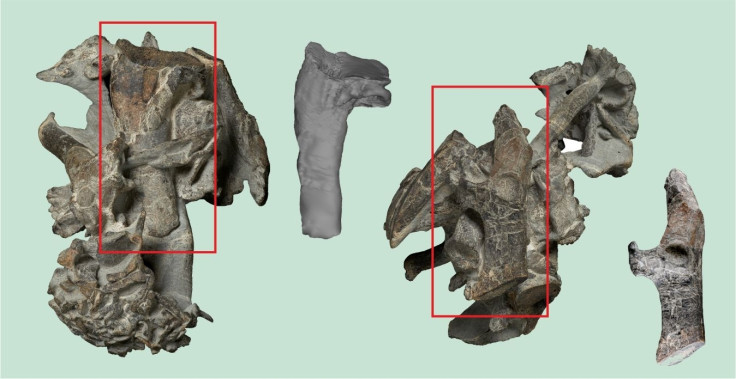Kumimanu biceae: A giant human-sized ancient penguin has been discovered
Kumimanu biceae is one of the largest and oldest penguin species ever discovered.

The remains of a new species of ancient giant penguin, which was as tall as an average human male, has been discovered in New Zealand, shining a light onto the early evolution of its modern ancestors.
The species, which has been named Kumimanu biceae, is thought to have lived between 60 and 55 million years ago, making it one of the oldest known penguin species. Only two other ancient species are known to have lived around this time - 58 and 62 million years ago respectively.
The new findings are reported in a paper published in the journal Nature Communications.
A fossilised partial skeleton of K. biceae was uncovered in 2004 at Hampden Beach in the southeast of New Zealand's South Island by researchers Alan Tennyson and Paul Scofield. Initially, the visible bone looked too large for a penguin, so, given its age, they assumed it came from a turtle. After sitting on a shelf for more than a decade, the bone was finally re-examined and identified as that of a penguin species.
The remains include a femur measuring 1.61 metres long, suggesting the animal weighed 101 kg and stood 1.77 metres tall. This means it is also one of the largest penguin species found to date, as well as one of the oldest.
Lead author Gerald Mayr from the Senckenberg Research Institute and Natural History Museum Frankfurt in Germany told IBTimes UK that the bird's behaviour would likely have been "similar to modern penguins".

"Certainly, it was a diving bird that preyed on fish. Note that by the time Kumimanu lived, both New Zealand and Antarctica had a subtropical climate and glaciation of Antarctica did not begin before the Oligocene period, some 34 million years ago," he said.
Ancient penguins are known to have grown to great sizes which exceeded that of even the largest modern species. As a comparison, the Emperor Penguin – the tallest and heaviest of all living penguins – can only reach heights of around 1.22 metres and weights of up to 45kg.
Giant penguin specimens are well documented from the period spanning 50 to 20 million years ago, however, older examples, like Kumimanu, are rare.
The authors say the species evolved soon after the origins of penguins and the transition from flight to diving.





















